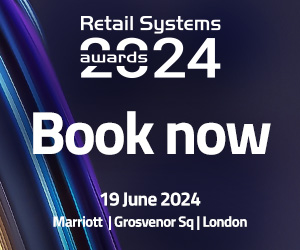The government has announced plans for the development of a liquid hydrogen plane that could enable passengers to fly anywhere in the world with zero emissions and just one refuelling stop.
The concept aircraft was unveiled on Monday by the Aerospace Technology Institute (ATI) ahead of the fourth meeting of the Jet Zero Council, chaired by the Transport Secretary.
The £15 million government-backed project comes as eight companies get the go-ahead for their sustainable aviation fuel developments from the government’s separate £15 million Green Fuel, Green Skies competition.
The £15 million government-funded FlyZero project, which is led by the ATI, has developed a concept for a midsize aircraft powered by liquid hydrogen.
It is capable of flying 279 passengers halfway around the world without a stop or anywhere in the world with just one stop to refuel.
This would mean a zero carbon, non-stop flight could be operated between London and San Francisco, or that passengers could fly around the world from London to Auckland, New Zealand with just one stop.
“As we build back greener, it’s crucial that we place sustainability at the heart of the aviation industry’s recovery from COVID-19,” said transport secretary, Grant Shapps. “This pioneering design for a liquid hydrogen powered aircraft, led by a British organisation, brings us one step closer to a future where people can continue to travel and connect but without the carbon footprint.”
Shapps added: “I will continue to work closely with the Jet Zero Council to support the UK’s world-leading research in this sector, which will create green jobs, help us meet our ambitious net zero targets and lead the global transition to net zero aviation.”
Latest News
-
CMA invites comments on Microsoft, Amazon partnerships with AI startups
-
'Constitution is on our side' says TikTok boss as Biden signs ban on app
-
Prosecutors seek three year sentence for former Binance CEO
-
UK banks roll out new AI tech from Mastercard to tackle fraud
-
Google DeepMind exec says artificial general intelligence is ’next frontier’
-
River Island makes self-checkout and RFID a priority in store
Bringing Teams to the table – Adding value by integrating Microsoft Teams with business applications
A decade ago, the idea of digital collaboration started and ended with sending documents over email. Some organisations would have portals for sharing content or simplistic IM apps, but the ways that we communicated online were still largely primitive.
Automating CX: How are businesses using AI to meet customer expectations?
Virtual agents are set to supplant the traditional chatbot and their use cases are evolving at pace, with many organisations deploying new AI technologies to meet rising customer demand for self-service and real-time interactions.
© 2019 Perspective Publishing Privacy & Cookies










Recent Stories